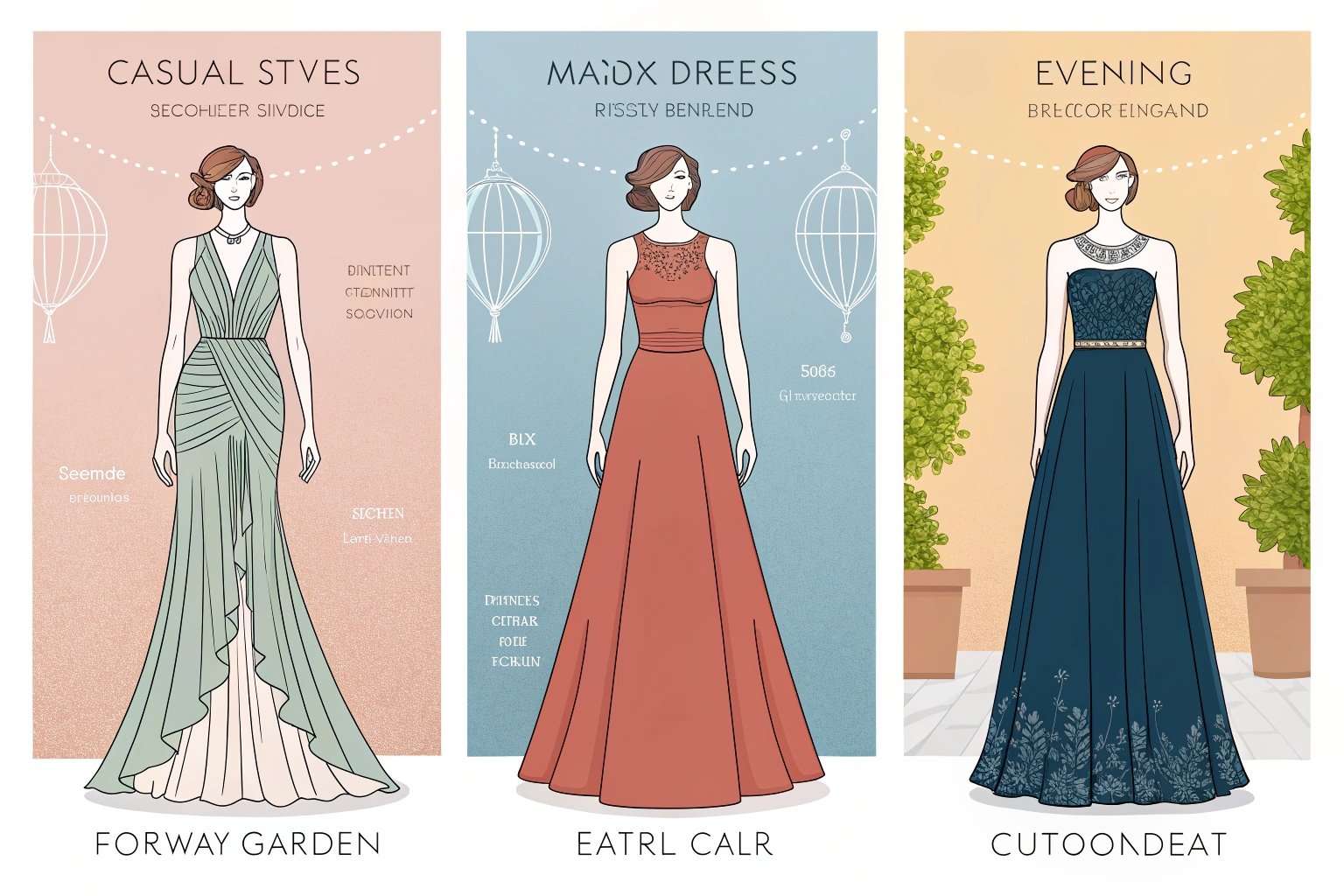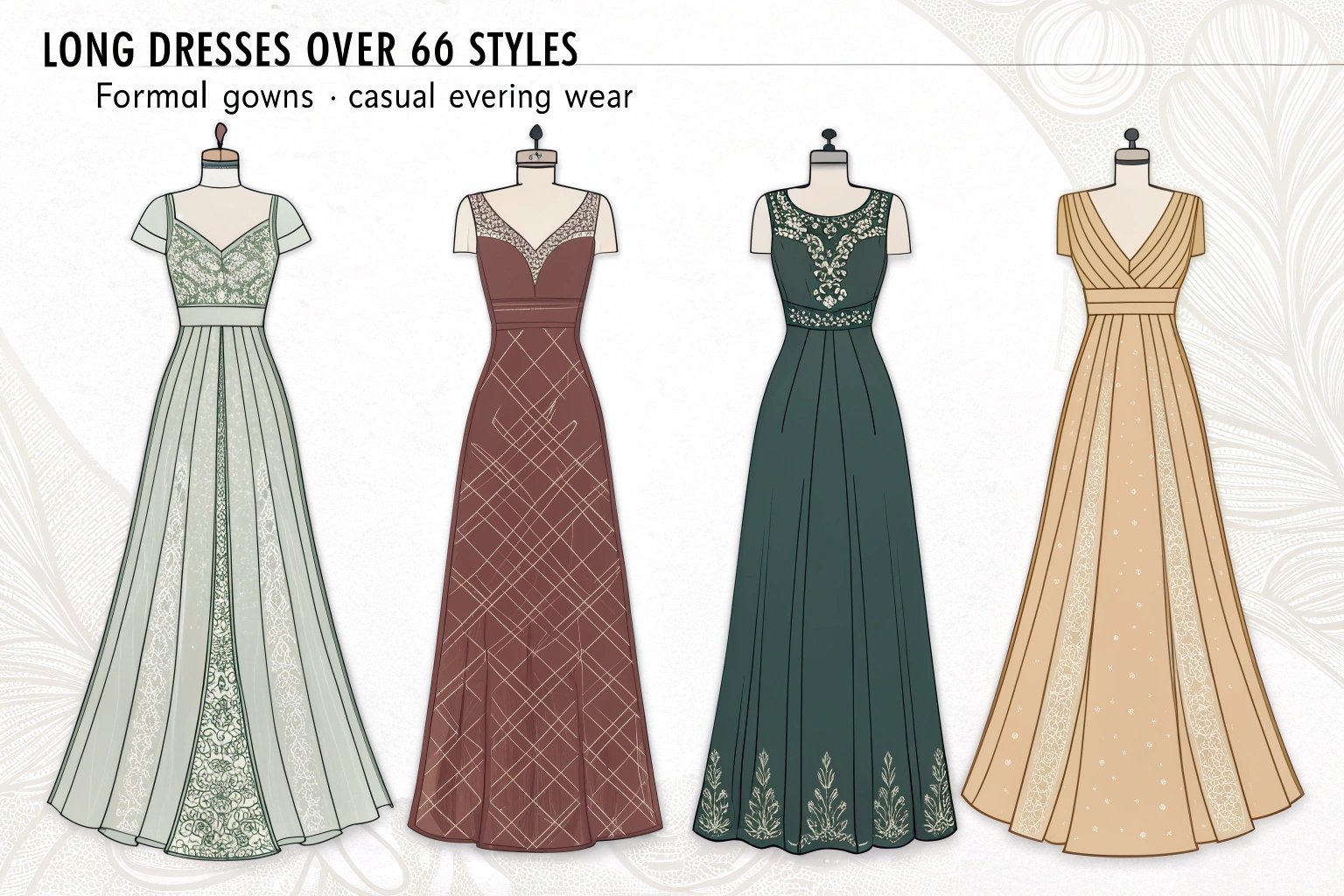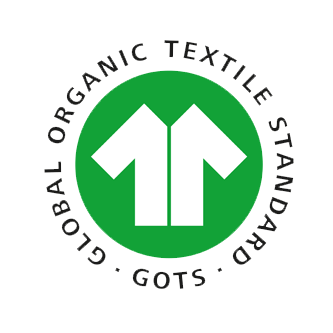Every designer or brand owner wants to know: How long does it really take to manufacture clothing? The answer depends on many factors—from material sourcing to the choice of manufacturer. For those looking to produce in the US, especially in Florida, understanding these timelines can make the difference between a smooth launch and costly delays.
Clothing manufacturing time varies based on order size, fabric availability, design complexity1, and whether you choose a local or overseas partner. In Florida, local manufacturers often complete small batches2 in 2-4 weeks, while larger or complex orders may take 2-3 months.
Let’s dive deeper into the details that shape your production schedule and how Florida’s manufacturing ecosystem can help you move from concept to finished product faster.
What Factors Affect Clothing Manufacturing Time?
Every clothing line is unique, and so is every production timeline. Whether you’re making T-shirts, swimwear, or custom uniforms in Florida, some core factors will always play a role.
 Sewing Bright Garments
Sewing Bright Garments
How Do Fabric Sourcing and Material Availability Impact Timelines?
Fabric sourcing is one of the most overlooked—but critical—parts of the timeline. If you’re using basic, in-stock materials, production can start almost immediately. However, if you need custom-printed fabrics, specialty trims, or imported textiles, expect sourcing alone to take 1-4 weeks.
I’ve seen brands wait months for a unique fabric to clear customs. That’s why it’s important to confirm material availability before finalizing your launch calendar3.
Why Do Design Complexity and Customization Add More Time?
Simple designs, like basic T-shirts or sweatshirts, move through production quickly. But as soon as you add custom printing, embroidery, unique pattern cuts, or tailored elements, you’re adding more time.
Each new design element may require:
- Additional sampling and approvals
- Specialized sewing, finishing, or handwork
- Extra quality control steps
The more customized your order, the longer the process—from prototyping to production.
What Is the Average Timeline for Clothing Production?
Let’s look at typical timelines, from small-batch to large-scale orders.
| Order Type | Estimated Production Time |
|---|---|
| Small-batch (≤200 units) | 2-4 weeks |
| Medium run (500–2,000 pcs) | 4-8 weeks |
| Large-scale (>5,000 pcs) | 8-12 weeks |
How Long Does It Take to Produce Small-Batch Orders?
In Florida, many local manufacturers4 specialize in small batches for brands, uniforms, or boutiques. If fabrics are ready, and designs are simple, I’ve seen orders delivered in just 2-3 weeks. Custom sampling or special trims might add a week or two, but overall, local production is much faster than overseas for small quantities.
What Is the Typical Timeline for Large-Scale Clothing Manufacturing?
Large-scale orders—especially for national brands or retailers—take longer. High volumes require more time for:
- Pattern grading across multiple sizes
- Bulk fabric procurement
- Additional quality checks
Even with the best planning, expect 2-3 months for complex or high-quantity runs, especially if you need repeat sampling or have last-minute design changes.

How Do Clothing Manufacturers in Florida Handle Production Speed?
Florida has a unique mix of boutique workshops and larger, specialized factories. Both have adapted to a market that values flexibility and speed.
What Are the Benefits of Working with Local Manufacturers in Florida for Faster Turnaround?
- Quicker response times: No international time zone gap, which means same-day communication and real-time problem-solving.
- In-person meetings: You can visit the factory, approve samples in person, and spot-check production as it happens.
- Easier coordination: For rush orders or adjustments, local partners can move quickly, reducing waiting time and misunderstandings.
I’ve personally saved weeks by visiting a local factory in Miami for fit approvals, versus waiting for samples to ship from overseas.
How Does On-Demand Manufacturing Compare to Traditional Production in Florida?
On-demand manufacturing (producing only what’s ordered, when it’s ordered) is growing in Florida. This model is ideal for:
- New brands wanting to test designs before scaling up
- E-commerce businesses offering personalized apparel
- Reducing inventory risk and waste
Compared to traditional production, on-demand can reduce lead times to just a few days for simple items, but capacity for large runs may be limited.
What Are the Different Stages of the Clothing Manufacturing Process?
Every successful production run, big or small, follows a set of key stages:
- Design and tech pack finalization5
- Sampling and prototype development
- Material sourcing
- Bulk cutting and sewing
- Finishing and quality control
- Packing and shipping
How Long Does Sampling and Prototype Development Take?
Sampling is the step where ideas turn into reality. For straightforward garments, you can expect:
- Initial prototype: 5-10 days (local) or 2-3 weeks (overseas)
- Sample revisions: Add 2-7 days per round
Complex designs or indecisive feedback loops add more time. My tip: provide clear, complete feedback to minimize extra rounds.
How Much Time Is Needed for Cutting, Sewing, and Quality Control?
Once materials and samples are approved, bulk production can move quickly:
- Cutting and sewing: 3-10 days for small runs, longer for bigger or intricate orders
- Quality control and finishing: 2-5 days
Larger factories in Florida often have streamlined processes and skilled staff, helping speed up these stages, especially if communication is tight.

How Can You Speed Up the Manufacturing Process in Florida?
Looking to meet a tight launch deadline? Here’s what really works.
How Does Choosing a Local Clothing Manufacturer Reduce Lead Time?
Working with Florida-based manufacturers means:
- Shorter shipping distances
- No import or customs delays
- Faster issue resolution
Plus, real-time communication with local partners lets you make quick adjustments and approvals, cutting down waiting time at every stage.
What Best Practices Help Avoid Production Delays?
- Finalize tech packs and designs before starting
- Confirm material availability early
- Keep communication open and frequent
- Approve samples quickly
- Build a strong relationship with your manufacturer
These habits not only prevent production bottlenecks6 but also help you spot and fix issues before they snowball.
How Do Shipping and Logistics Affect Clothing Delivery Timelines?
The final step—getting your clothes from the factory to your door—should never be an afterthought.
How Does Domestic Shipping in Florida Compare to Overseas Delivery Times?
| Shipping Type | Delivery Time |
|---|---|
| Florida to Florida | 1-3 business days |
| Florida to US East | 2-4 business days |
| Florida to US West | 4-7 business days |
| Overseas (by sea) | 3-6 weeks (plus customs) |
| Overseas (by air) | 4-10 days (plus customs) |
Domestic shipping is faster, more predictable, and avoids the risk of international shipping delays or customs holds.
How Should You Plan Your Clothing Launch Around Production and Shipping Schedules?
The most successful brands plan backward from their launch date:
- Add up total manufacturing and shipping time (including sampling)
- Build in a buffer (1-2 weeks for unexpected delays)
- Plan marketing and inventory drop based on real delivery timelines
Being proactive saves you stress—and money—if things don’t go as planned.
Conclusion
Manufacturing clothing takes careful planning, whether you’re producing in Florida or overseas. Local manufacturers in Florida can deliver small runs in as little as 2-4 weeks, offer faster sampling, and simplify logistics. By understanding the factors that influence production time, optimizing each stage, and choosing the right partners, you can ensure a smooth, on-time launch for your next collection.
-
Discover how design complexity can extend production timelines and what to consider. ↩
-
Understand the typical timelines for small batch clothing production to plan effectively. ↩
-
Get insights on planning your launch calendar effectively to avoid delays. ↩
-
Find out why local manufacturers can speed up your clothing production process. ↩
-
Discover the importance of tech pack finalization in streamlining the production process. ↩
-
Learn about production bottlenecks and how to avoid them for smoother operations. ↩









